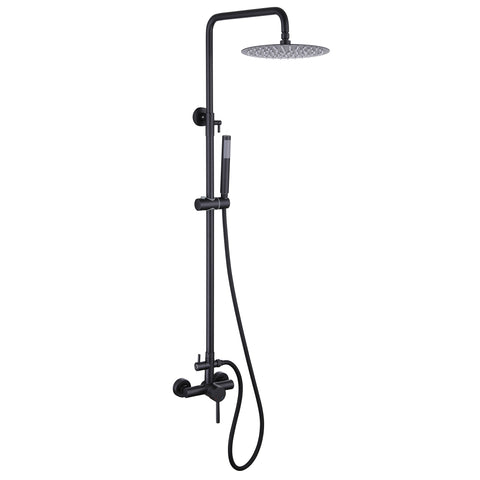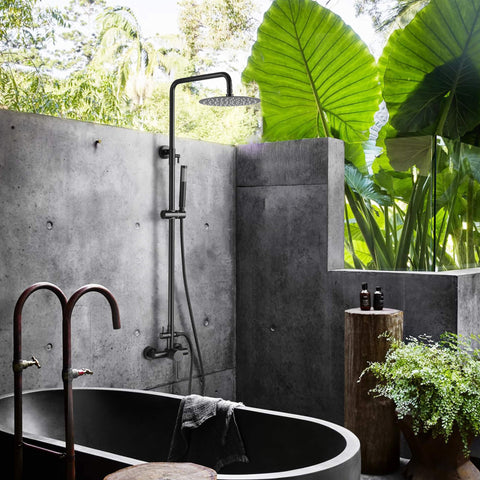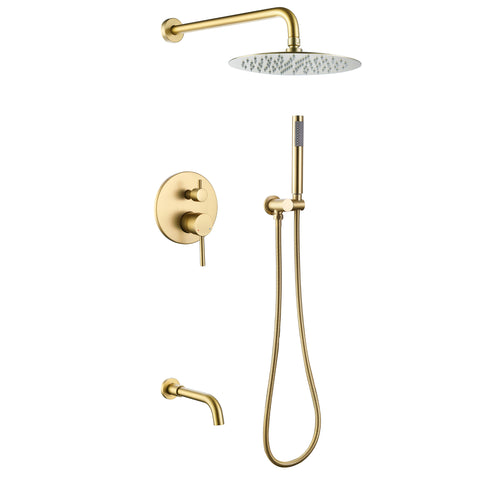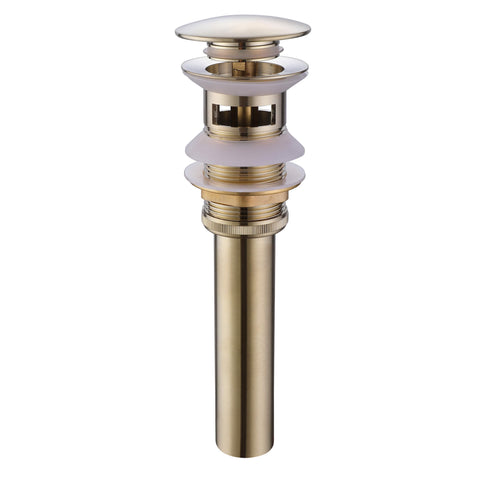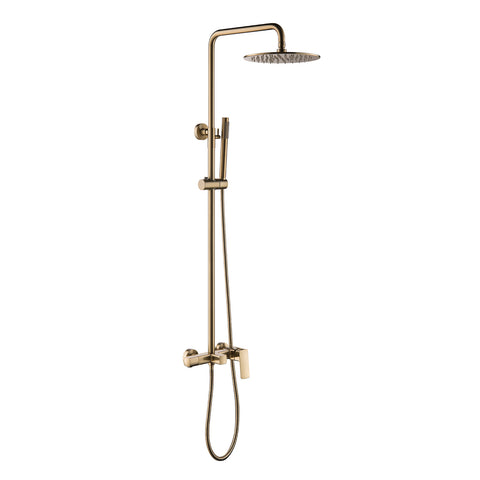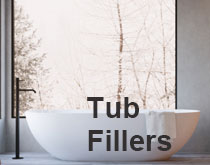5 Reasons Your Shower Pressure Is Low and How to Fix It
There's nothing worse than turning on your shower, only to be greeted by a weak stream of water instead of a refreshing downpour. Low water pressure can take the joy out of your morning routine, but fortunately, there are ways to tackle this frustrating issue. In this post, we'll cover five common reasons why your shower pressure may be low and provide practical solutions to help you regain that invigorating flow.

1. Clogged Showerhead
A buildup of mineral deposits, sediment, or debris can block the small nozzles in your showerhead, causing water flow to weaken. This is a common issue, particularly in areas with hard water.
Fix: Remove the showerhead and soak it in a mixture of vinegar and water for several hours to dissolve the deposits. For tougher blockages, gently scrub the nozzles with a toothbrush or replace the showerhead with a high-pressure model.
2. Water Pressure Regulator Issues
Many homes are equipped with a water pressure regulator to prevent the water pressure from becoming too high. However, if the regulator is set too low, it can reduce the water pressure to your shower.
Fix: Have a plumber inspect the regulator and adjust it as needed. The optimal pressure setting is usually between 40 and 60 PSI, which keeps both your shower pressure and plumbing system in good condition.
3. Aging or Damaged Pipes
Older homes or those with outdated plumbing systems may suffer from corroded or leaking pipes, which restrict water flow. Mineral buildup inside the pipes can also reduce water pressure over time.
Fix: Have a licensed plumber assess your pipes for corrosion, leaks, or blockages. Replacing old or damaged pipes may be necessary to restore water flow and improve pressure.
4. Water Supply Problems
Sometimes, the issue may lie with the local water supply. High demand periods, ongoing maintenance, or water infrastructure problems can all reduce water pressure in your area.
Fix: Check with your local water utility provider to see if there are any known issues affecting your water supply. If it’s an ongoing problem, consider installing a water pressure booster for your home.
5. Multiple Appliances in Use
Running multiple water-dependent appliances simultaneously, like the washing machine, dishwasher, and shower, can strain your water supply and result in low pressure.
Fix: Try staggering your water usage by not running major appliances while taking a shower. This helps ensure a steady flow of water to the shower and other fixtures.
Conclusion
Low shower water pressure is a common inconvenience, but it’s often easy to resolve. From unclogging your showerhead to managing your home’s water usage more effectively, these simple solutions can make a big difference. If the issue persists, it’s always wise to consult a professional plumber for a thorough inspection. By addressing the root causes of low water pressure, you can restore your shower’s performance and enjoy a refreshing experience every time you step in.
